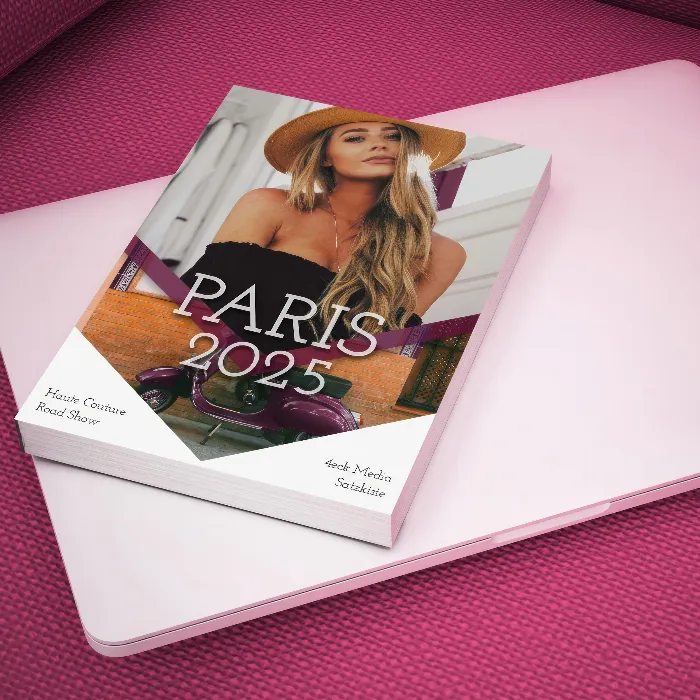Working with Adobe InDesign is significantly easier when you have made the right preparations in Word beforehand. Transferring formats and styles from Word can be a challenge, especially if the documents are not cleanly prepared. In this guide, you will learn how to transfer paragraphs and character styles and how these steps can optimize your work in InDesign.
Main insights
- A clean preparation of the Word documents affects the quality of the format transfer to InDesign.
- Exact name matches between Word and InDesign formats greatly facilitate the import.
- You can efficiently parse formatted text and adjust incorrectly formatted text in just a few steps.
Step-by-step guide
When importing Word documents into InDesign, it is crucial that the groundwork in the Word document is well done. This facilitates the transfer of formats and ensures that work in InDesign runs smoothly. Let’s go through the necessary steps.
First, you import your Word document into InDesign. This is very simple via the “File” menu and then “Place.” This step is particularly important so that InDesign can correctly capture all character and paragraph styles.
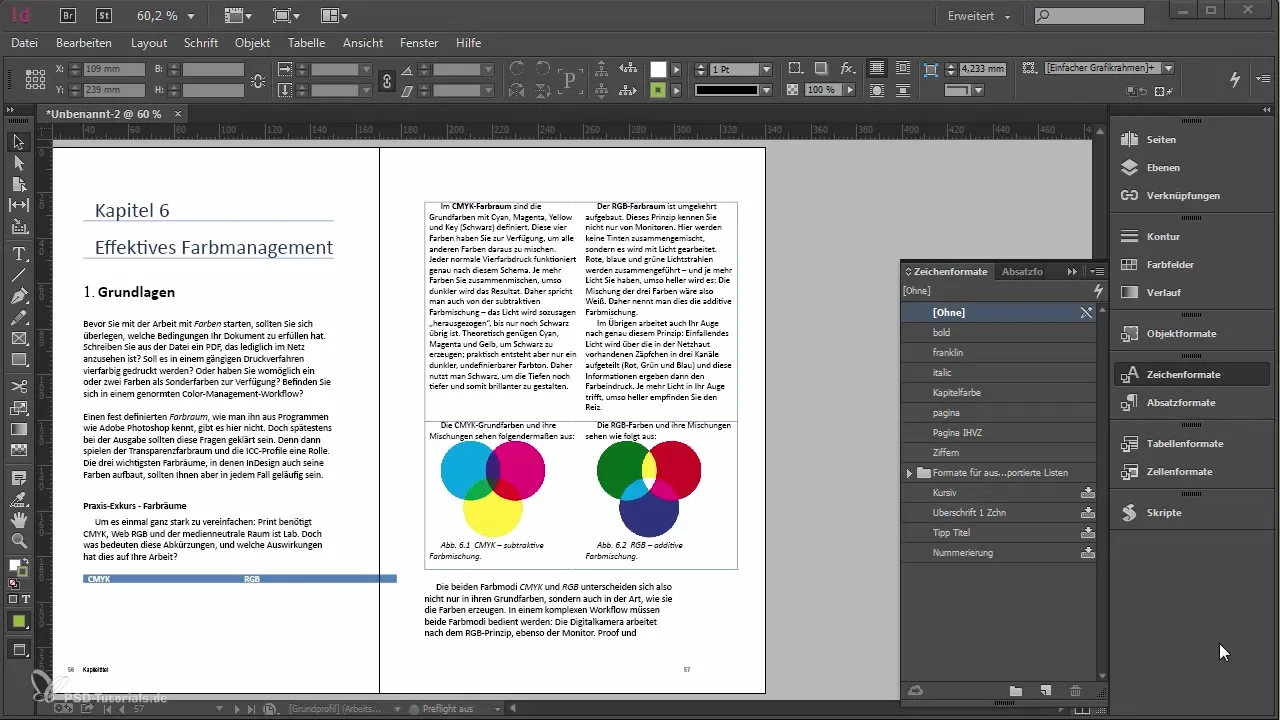
Once the file has been successfully imported, you should notice that InDesign has already taken over a number of formats from Word. It is especially advantageous if these formats in Word have the same name as in InDesign. This results in InDesign automatically applying the appropriate styles, which significantly eases the workflow.
However, if you are working with a poorly prepared Word document, efficiency may suffer. It is rare for documents to be perfectly prepared in practice. Nevertheless, you can work well even with less ideal formats.
A helpful feature in InDesign is the ability to reassign imported formats afterwards. Suppose you imported the formats “Heading 1,” “Heading 2,” and “Heading 3” from Word. These formats are easily recognizable by the small symbol indicating that they are imported formats. You can then easily assign these formats to your headline.
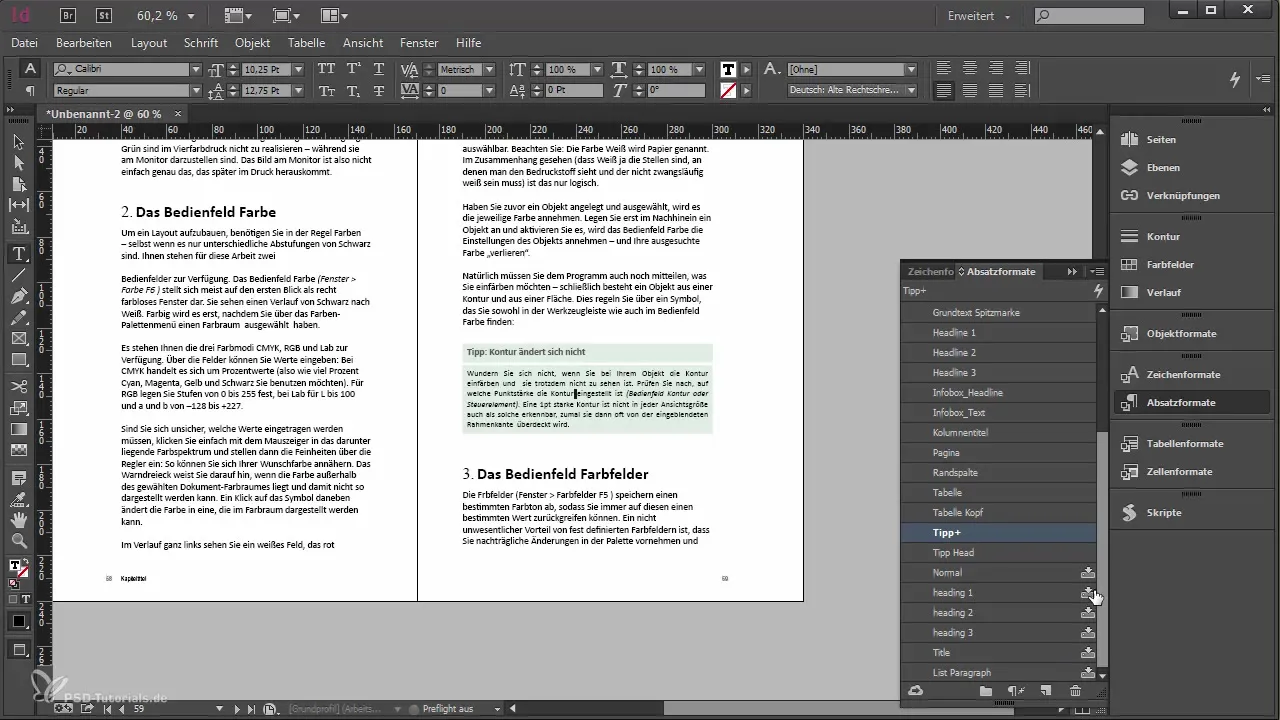
If you want to assign the formats, it’s easiest to do this via the deletion process. Make sure nothing is selected, and then click on the small trash can icon in the lower corner. InDesign will then ask which format this should be deleted by. At that moment, you can select “Headline 1.”
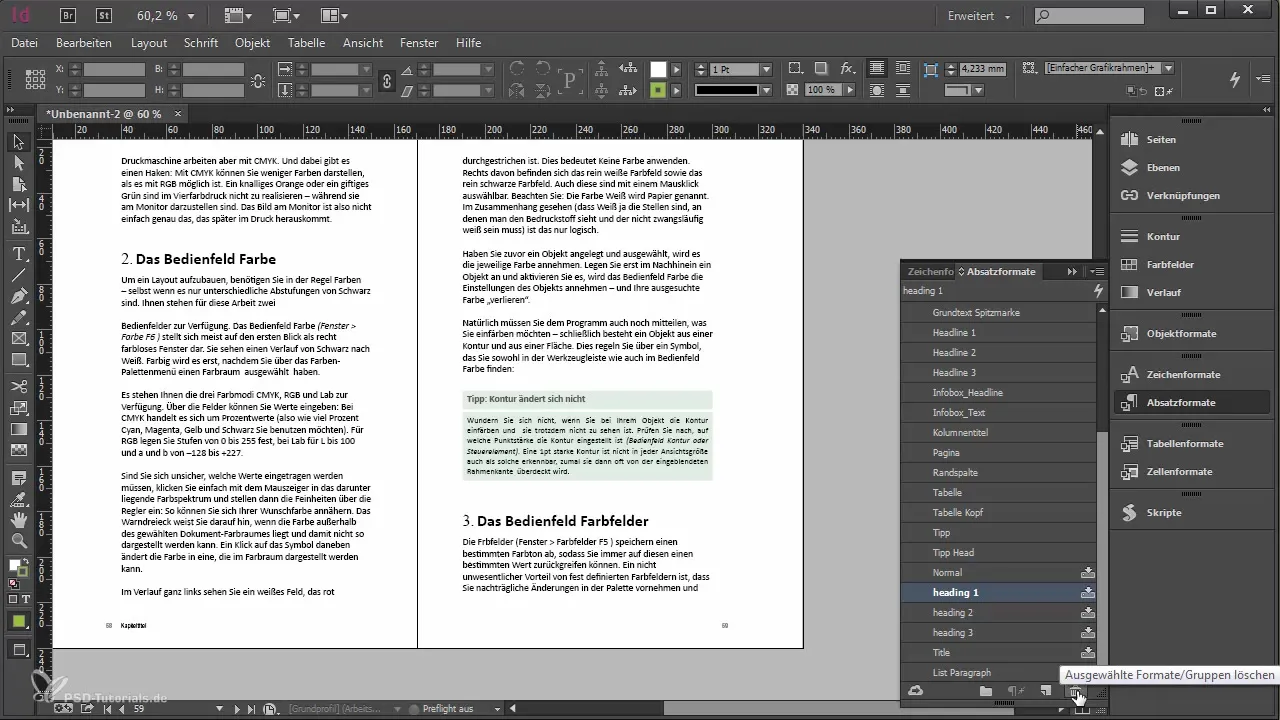
Simply repeat the process for “Headline 2” and “Headline 3.” You will immediately see an improvement in formatting, as colors and styles are now applied more consistently.

If you were ready to make some specifications right at the import, there is a way to call up the import options. To do this, press “Ctrl + D” to place your RTF document, and hold down the Shift key to access the import options. Here you can already assign specific formats to certain InDesign formats in advance.
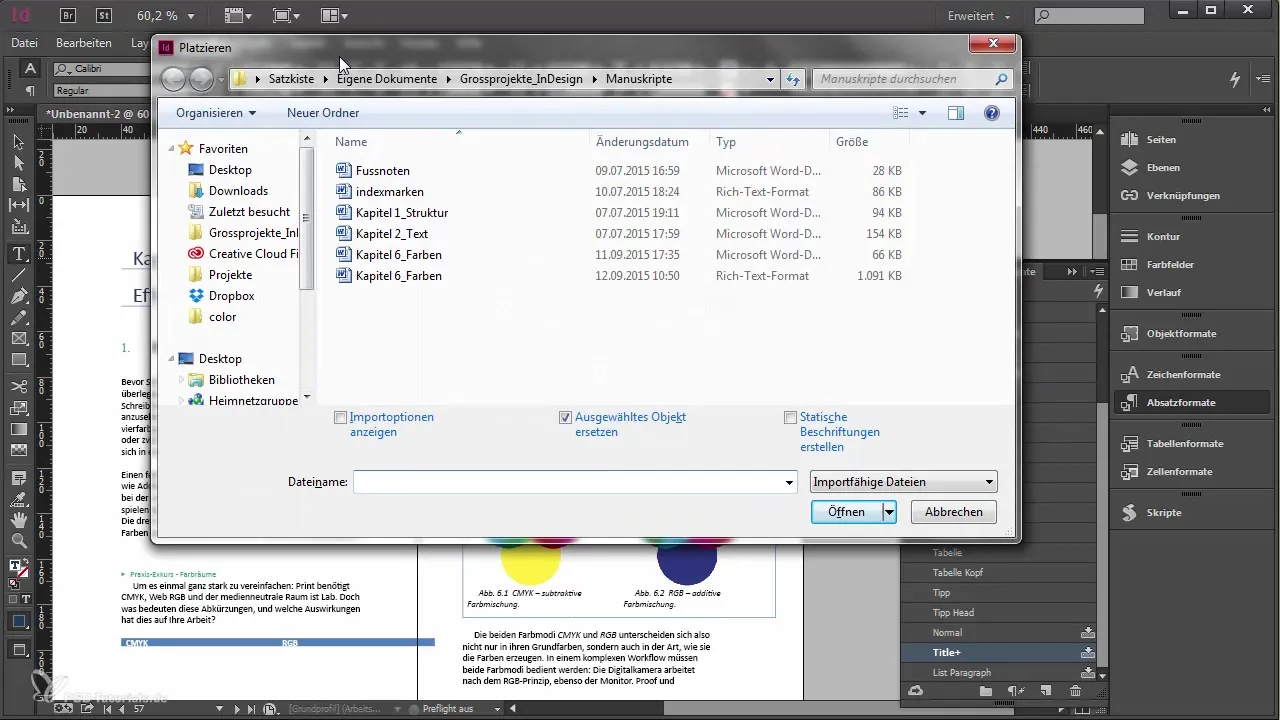
If you encounter some problems while working with InDesign and Word, it may be due to insufficient handling of character styles. If bold text was used in the Word document, but there is no corresponding character style available, assigning these styles can be tricky. Sometimes, if the author does not provide character styles, the only option is to temporarily remove the paragraph formatting.
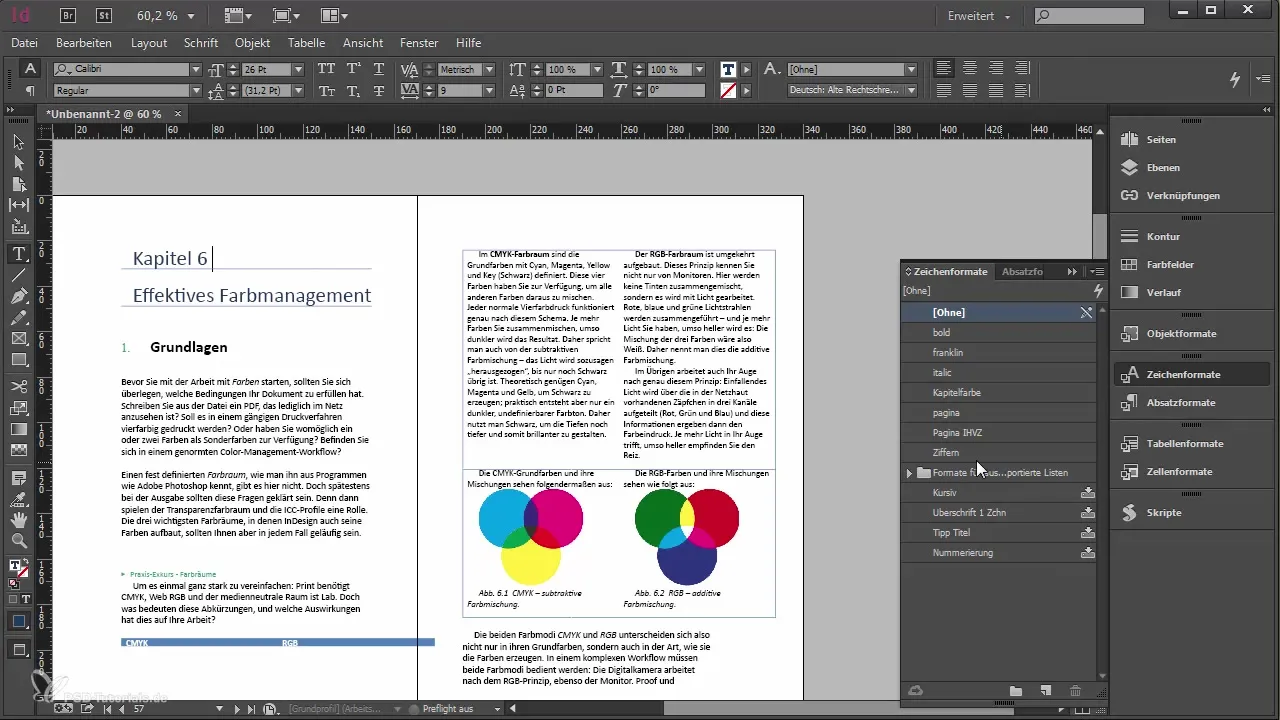
The solution lies in cleaning up the unsightly data in your InDesign document. Sometimes, people tend to directly use simple formatting like bold or italic text in Word, leading to deviations in formatting. InDesign indicates this with the small plus sign next to the paragraph format. This means that not everything was captured through the assigned format, and you may need to make some adjustments.
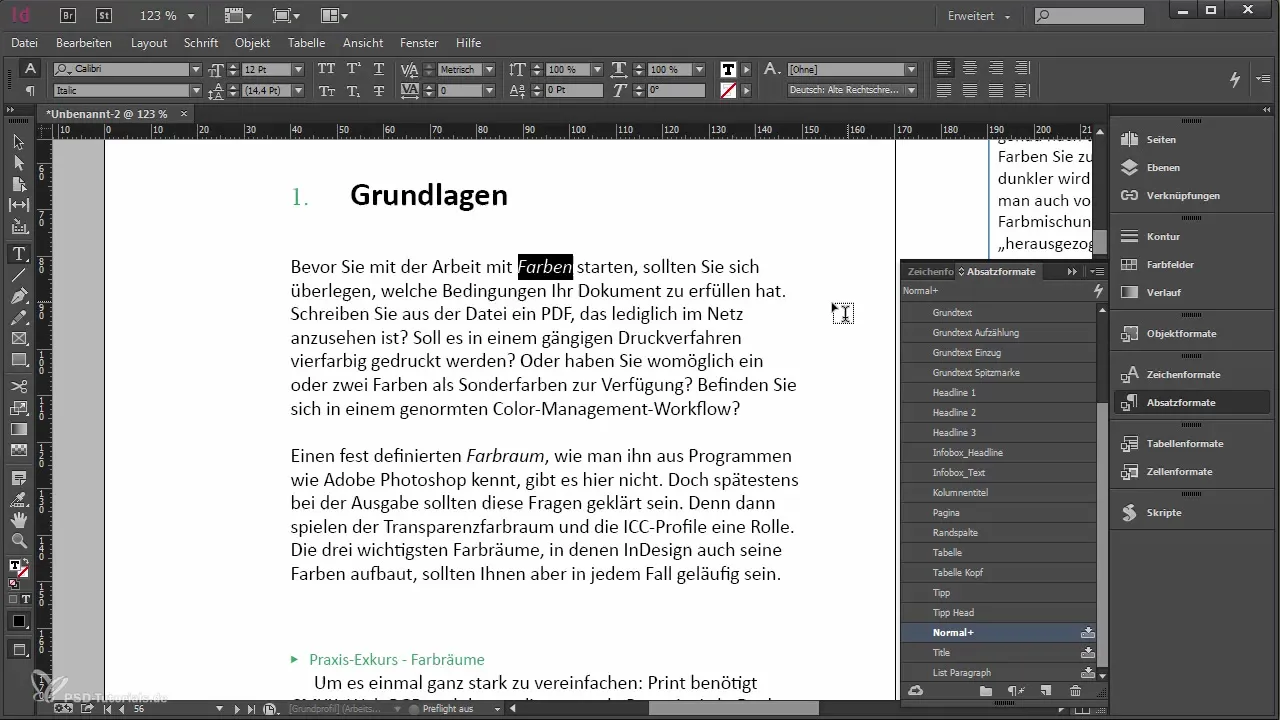
By following these steps, you can ensure that the import of your Word documents into InDesign goes as smoothly as possible. Proper preparation and application of the correct formats are key to a successful layout process.
Summary – Transfer of formats from Word to Adobe InDesign
In this guide, you have learned how important clear and precise preparation of Word documents is for importing into InDesign. You have seen how to assign formats, manually adjust them, and work effectively in various scenarios. However, you can master the challenge of a messy Word document by taking the right steps to clean up formatting.
Frequently Asked Questions
What are the benefits of good preparation in Word?Good preparation in Word facilitates the import and results in fewer adjustments needed in InDesign.
How can I access the import options in InDesign?Press “Ctrl + D” and hold the Shift key while placing your document.
Are there differences in assigning paragraph and character styles?Yes, generally replacing works better with paragraph styles than with character styles.
What should I do if I don’t have character styles in the Word document?If character styles are missing, you need to manually clean up or adjust individual formatting.
Which symbol indicates that a format has been imported?A small symbol next to the format name indicates that it is an imported format.
